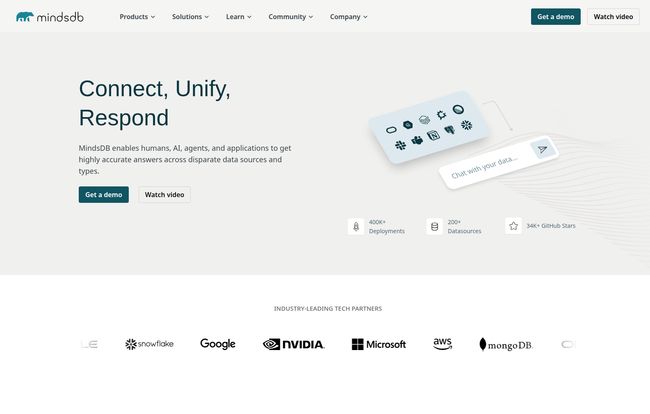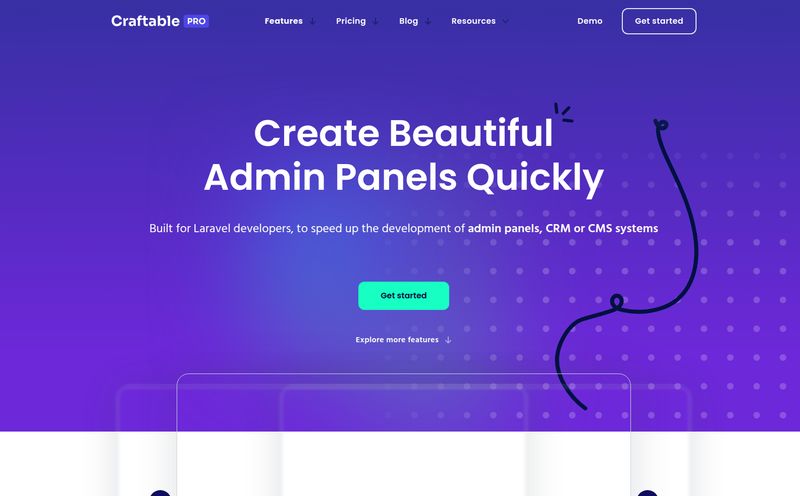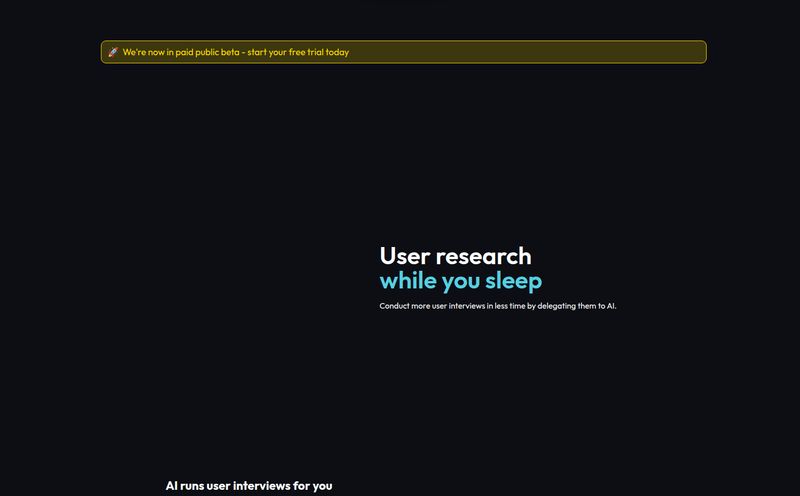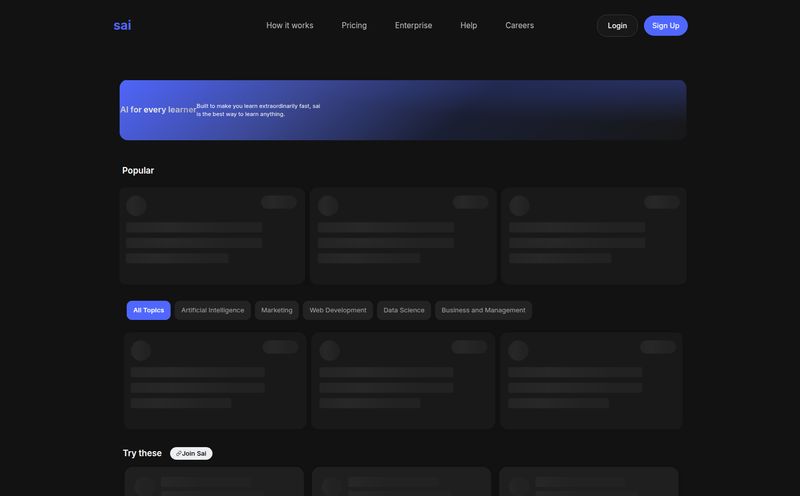We’ve all been there. You’re in a meeting, the charts are up on the screen, and someone says the magic words: “We need to leverage AI to get more insights from our data.” Everyone nods sagely. It sounds brilliant. It sounds… futuristic.
Then comes the reality check. The customer data is in a PostgreSQL database. The application logs are streaming into Snowflake. The product inventory lives in MySQL, and half the marketing analytics are sitting in a collection of meticulously, and I mean meticulously, maintained Google Sheets. Before you can even whisper “machine learning,” you’re looking at a six-month project that involves three data engineers, a small army of consultants, and a budget that makes your CFO’s eye twitch. It’s the classic data silo nightmare.
For years, this has been the barrier. AI and machine learning have been this incredible, powerful thing locked away in a high tower, accessible only to those who know the secret Python incantations. But what if you could just… ask your database a predictive question? What if you could use the language most data folks already speak fluently—SQL—to do some seriously smart stuff?
That's the promise of a tool I’ve been kicking the tires on lately: MindsDB. And I have to say, I'm pretty intrigued.
What Exactly is MindsDB? (And Why Should You Care?)
Think of MindsDB as a clever translation layer, or a 'cognitive engine' as they call it, that sits between you and your scattered data sources. It doesn’t force you to move all your furniture into one room. Instead, it gives you a master key to every room in the house. It connects to all those different databases, APIs, and even flat files, and lets you query them as if they were one giant, unified database.
But here’s the kicker, the part that makes it more than just another data federation tool. It brings AI models (from giants like OpenAI and Hugging Face) directly into this environment. This means you can use simple SQL commands to perform tasks that used to require a PhD in data science. It's like giving your database the ability to not only store information but to think, predict, and generate new information based on the data it already has.

Visit MindsDB
The Core Magic - How MindsDB Actually Works
So, how does it pull this off without actual voodoo? It comes down to a couple of brilliant architectural choices.
The Federated Query Engine
First up is the federated query engine. If you’ve ever been stuck in what I affectionately call “ETL hell,” you’ll appreciate this. The traditional way of doing things is Extract, Transform, Load. You pull data from Source A, reshape it, and load it into a central warehouse (Source B) before you can do anything useful. It’s slow, brittle, and a massive resource hog.
MindsDB queries the data where it lives. You connect it to your Postgres DB, your Snowflake instance, and your S3 bucket, and it handles the communication. A single query can pull customer info from one, join it with sales data from another, and spit out an answer. In my book, any tool that lets you skip a complex ETL process is already a winner. This means less data wrangling and more time getting actual answers.
Bringing AI Models Directly to Your Data
This is where things get really fun. MindsDB extends the SQL language with commands like CREATE MODEL. It looks something like this (don't worry about the exact syntax):
CREATE MODEL sentiment_analyzerFROM my_project (SELECT review_text, sentiment FROM product_reviews)PREDICT sentimentUSING engine = 'openai', model_name = 'gpt-4';With a query like that, you’re telling MindsDB to train a model to predict sentiment based on your existing product reviews, using OpenAI's GPT-4 as the engine. Once that model is created, you can just query it. You could ask it to analyze new, incoming customer feedback in real-time. All with SQL. No Python notebooks, no complicated API calls, no mess. You can do text classification, summarization, translation, forecasting... its a pretty powerful concept.
A Look at The Key Features
When you browse their site, you see terms like “Cognitive Engine” and “Knowledge Base.” Let's cut through the marketing jargon. The Cognitive Engine is the brain of the operation—it’s the part that understands your complex questions in the context of your company's data. The Knowledge Base is its library, capable of pulling information from both your neatly structured SQL tables and your messy, unstructured data like PDFs and text documents. This ability to query across both structured and unstructured data is a huge deal for most businesses, where valuable info is often trapped in contracts or support tickets.
They also make a point about transparency and data privacy. The platform shows you its “thinking process”—the thoughts, code, and raw data it used to arrive at an answer. This isn't some black box you have to blindly trust, which is a massive relief for anyone working in a regulated industry.
MindsDB Pricing - Breaking Down Open Source vs. Enterprise
Okay, so how much does this magic cost? MindsDB has a two-tiered approach that’s actually pretty smart.
| Plan | Best For | Key Features | Scale | Cost |
|---|---|---|---|---|
| MindsDB Open Source | Developers, startups, and individual projects | Federated Query Engine, bring your own ML models, deploy anywhere (on-prem, VPC). | Gigabyte scale | Free |
| MindsDB Enterprise | Large organizations and production workloads | Everything in Open Source, plus a Zero-ETL Knowledge Base, advanced security, observability, and intelligent data source combination. | Petabyte scale | Contact Sales |
My take? This is how you do it. The open-source version is incredibly generous. It’s not a crippled trial; it’s a fully functional platform that lets you prove the tool’s value on a real project. You can get started, connect your data, build a model, and show your boss a working proof-of-concept without spending a dime.
The Enterprise plan is for when you're ready to go big. You've proven the concept works, and now you need the scalability, security, and support to run it in production across the entire organization. The “Zero-ETL Knowledge Base” is a killer feature at this level, promising to automate a lot of the manual data mapping.
The Real-World Impact and Some Caveats
The biggest pro of MindsDB is its ability to democratize AI. It puts powerful tools into the hands of data analysts, backend developers, and anyone who knows SQL. You don't need to reinvent your whole tech stack or hire an entirely new team to start building intelligent applications.
But let's be real, no tool is perfect. The documentation mentions that it “may require some SQL knowledge.” Frankly, if you're looking at this tool, that's probably a pro, not a con. However, setting up and managing a large number of data connectors can still have some complexity. That initial configuration can be a bit of a hurdle, but the payoff of a unified view is often worth teh setup pain. And, of course, the most advanced enterprise-grade features are behind the paywall, but that’s standard practice. You get what you pay for.
So, Who Is This Really For?
In my opinion, MindsDB hits a sweet spot. It’s for the tech-forward company that has a ton of valuable data but is struggling to bridge the gap to practical AI implementation. It's for the CTO who wants to see a faster return on their data infrastructure investment. It’s for the data team that’s tired of being a bottleneck and wants to empower others to answer their own predictive questions. If you have people on your team who can write a SELECT statement with a JOIN, you have people who can start using MindsDB.
Frequently Asked Questions About MindsDB
Can I use MindsDB with my existing databases?
Absolutely. That's the entire point. It's designed to connect to a huge range of sources, including popular databases like PostgreSQL, MySQL, ClickHouse, Snowflake, and many others. It also connects to applications and APIs.
Do I need to be a machine learning expert to use MindsDB?
No, and that's its biggest strength. If you are comfortable with SQL, you have the foundational skill needed to create, train, and query AI models within MindsDB. It abstracts away much of the underlying complexity.
Is MindsDB secure for enterprise use?
Yes. It's built with data privacy in mind, querying data where it resides instead of moving it. The Minds Enterprise plan adds further layers of security, governance, and observability features specifically for the needs of large organizations.
How does the open-source version differ from the Enterprise plan?
The main differences are scale, support, and advanced automation. The open-source version is perfect for gigabyte-scale projects and development. The Enterprise plan is built for petabyte-scale production environments and includes features like the Zero-ETL Knowledge Base and dedicated support.
What kinds of AI models can I use?
You can leverage state-of-the-art models from platforms like OpenAI, Hugging Face, and others. This allows you to perform a wide range of tasks, including text generation, sentiment analysis, classification, and time-series forecasting, directly within your data environment.
Final Thoughts
Look, I've seen a lot of tools come and go, each promising to be the next big thing in data. Many of them are just old ideas in a new wrapper. MindsDB feels… different. It’s not trying to replace your database; it’s trying to make it smarter. It’s not trying to turn everyone into a Python programmer; it’s meeting developers and analysts where they are, in the familiar world of SQL.
By bridging that long-standing gap between data infrastructure and machine learning, MindsDB is lowering the barrier to entry for applied AI. It’s a pragmatic, powerful, and genuinely useful approach. The age of in-database AI is dawning, and this might just be one of the platforms leading the charge. The only question is, is your team ready to start asking your data smarter questions?



